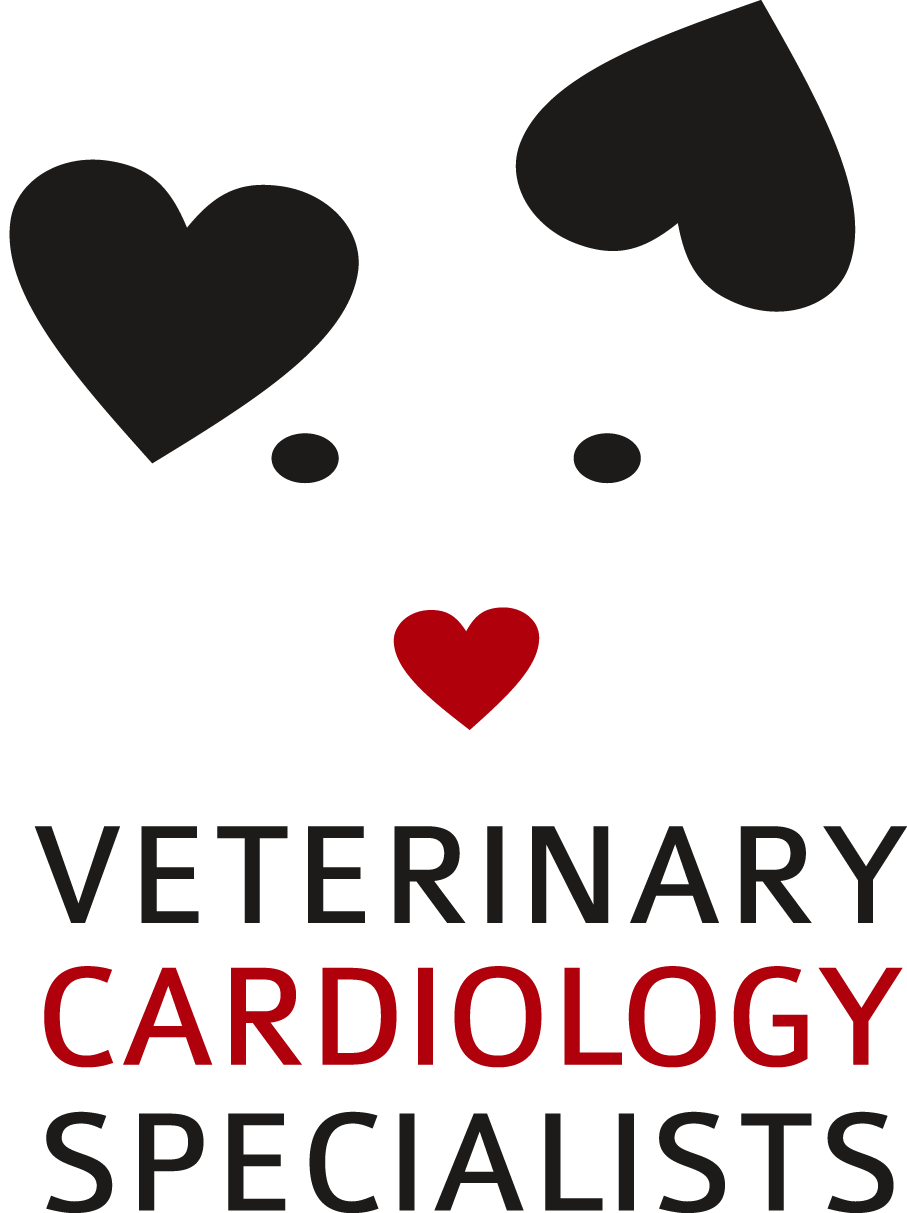Chronic Degenerative Valve Disease Stage C
Stage C Chronic Degenerative Valve Disease is defined by a patient that is actively in left sided heart failure or has previously been in heart failure and is now controlled with medications. The process starts when the mitral valve on the left side of the heart becomes leaky from old age, degenerative changes. The green circles in all the images represent the left atrial chamber. The shortest arrow in the upper photo to the right, labeled “A”, represents the direction of normal blood flow from the left atrium into the left ventricular chamber. The arrow heading into the red structure (aorta), represents normal blood flow from the heart out to the body via the aorta. The last arrow pointed into the left atrium (green circle) represents blood leaking back across the valve when the heart contracts (regurgitation).
Physiology of Stage C CDVD: Heart Failure: The left atrial chamber becomes enlarged due to the increased blood volume it is receiving across the leaky valve. As the chamber enlarges, just like blowing up a balloon, more and more pressure will develop in the chamber (represented by the white arrows in the photo to the right labeled “B”). When enough pressure builds up, the pressure pushes back into the blood vessels in the lungs and causes fluid to leak into the lungs themselves, a condition termed pulmonary edema. This process is depicted by the black arrows in the photo to the lower right labeled “C” (note the left atrial chamber outlined in green in the center of the image surrounded by the lungs). When this happens, the patient is said to be in left sided congestive heart failure and the patient begins to show signs of heart failure including increased respiratory rates at rest. It is important to understand that the term “failure” means that the heart is failing to move blood forward effectively, so pressure has backed up and fluid has accumulated in the lungs. Dogs can go in and out of “failure” over time. Medications are used at this point to help the heart work more efficiently and to help rid the body of the excessive fluid build up in the lungs so your dog can breathe easy.
Therapy: An individualized therapy protocol will be prescribed for the specific needs of your pet. Adjustments to therapy will be made over time as the disease progresses to maintain your pet’s quality of life.
Monitoring: Monitor your pet for an increased respiratory rate at rest. Refer to the handout outlining this technique. Also monitor for exercise intolerance, coughing, weakness, collapse or significant respiratory distress. Contact your veterinarian with any concerns and adjustments to therapy can be made.
Follow-Up: Routine recheck appointments are recommended every 3 months to include an exam, chest x-rays and kidney and electrolyte blood testing. Recheck echocardiograms are recommended every 6 months.
For a printable version of this handout with images, CDVD Handout Stage C.



